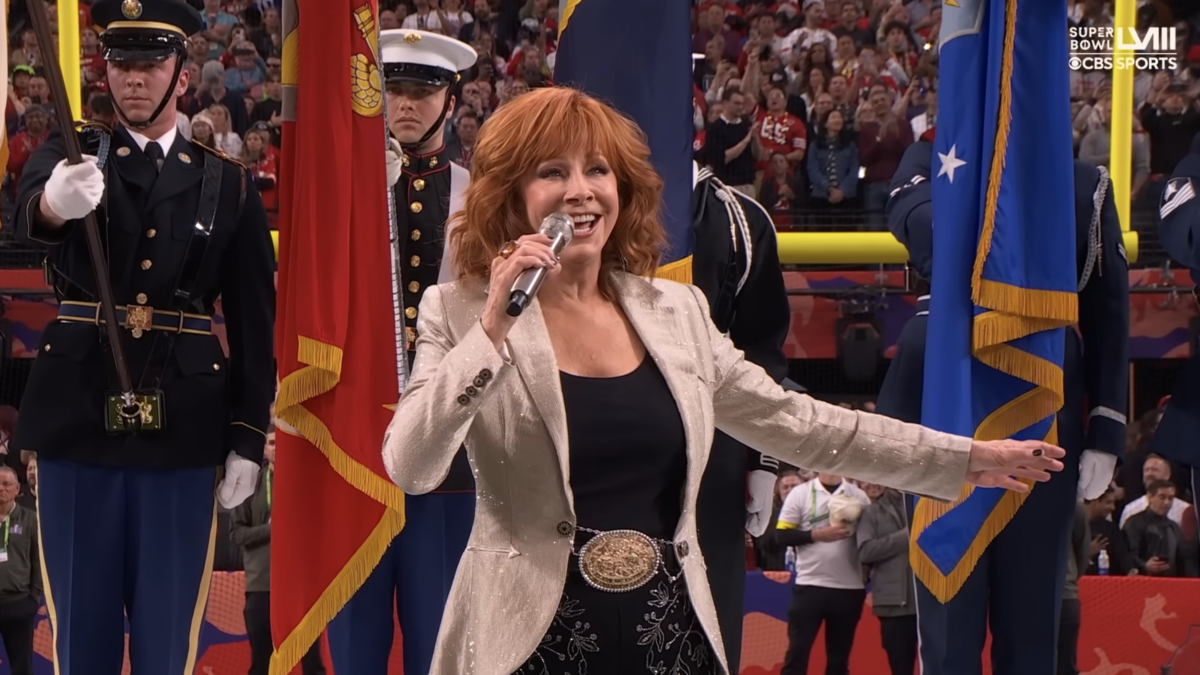In a recent interview with British rapper Zuby, Ben Shapiro, who is right about an array of important issues, said something very wrong:
In my view, and in the view of my music theorist father who went to music school, there are three elements to music. There is harmony, there is melody and there is rhythm. Rap only fulfills one of these, the rhythm section. There’s not a lot of melody and there’s not a lot of harmony. And thus, effectively, it is basically spoken rhythm. It’s not actually a form of music. It’s a form of rhythmic speaking. Thus, beyond the objectivity of me just not enjoying rap all that much, what I’ve said before is that rap is not music.
Granted, I’m not a music theorist. In fact, I might even be the least likely defender of hip hop’s musical legitimacy: a middle-aged white dude. But as a casual listener to the genre during its “golden age,” I feel compelled to argue that hip hop is as inherently musical as any other variety of pop music.
Also like other categories of pop, hip hop offers a wide-range of stylistic variety, so it’s difficult to make sweeping definitive statements about the genre. Yet, whatever the subcategory, rap certainly it isn’t the first contemporary music to emphasize one of the traditional elements of music over the others.
Mid-70s James Brown, Funkadelic, Earth Wind and Fire, disco, etc.. is in hip hop’s DNA; music that heavily accentuated the rhythmic elements of pop. The visceral appeal of repetitive pulsing sounds were just as popular at 1970s Bronx house parties as they were at 1990s Manchester raves as they are wherever people are dancing today. Has anyone ever challenged the genuineness of dance music?
It’s not only about Ohio Players or New Order, either. Renowned late 20th-century composers like John Cage, Philip Glass, and Steve Reich used repetitive, harmonic rhymes in their music. In fact, Reich would occasionally abandon other columns of music altogether. Setting aside personal tastes, it’s simply impossible to claim that Reich’s “Drumming” or “Six Marimbas” is more intrinsically musical than Nas’ “Illmatic” or Notorious BIG’s “Ready to Die.” (NSFW!)
Even early ’80s post-punk bands like Gang of Four, Pop Goup, Minutemen, and Public Image Limited would strip pop down to its foundations, embracing something that approximates funk with speaking parts. Although no doubt plenty of readers will find all, or most, of the above, unlistenable, I’ve never heard anyone argue that the genre wasn’t “music.”
When slagging rap, critics like to point out that there’s an appreciable difference between singing and spoken rhythm. Is there, though? Was scatting or early blues or the “singing” of Leonard Cohen, Johnny Cash, Captain Beefheart, and Lou Reed not real music? PIL’s John Lydon isn’t exactly a singer, either, as much as he is a chanter. (Maybe that’s why one of his best songs was a collaboration with influential hip hop DJ Afrika Bambaataa.)
As with those singers, rapping is imbued with harmonic elements. The timbre of the MC’s voice can be rich and varied. Early rap groups like Run DMC used simplistic flows that relied on templates created by proto-rappers. It didn’t take long for inventive raps to become more harmonious and dynamic, from the aggressive baritones of Chuck D and Ice Cube to the reggae-inflected Mos Def or jazz-inflected Q-Tip—or any inflection you desired.
Some critics argue that hip hop is basically little more than stolen music or a collage. Just because you don’t create art from scratch doesn’t mean much. The vast majority of modern rock is derivative, and often in far more obvious ways than hip hop.
It’s true that early sampling now sounds basic or cheap—take the saccharine M.C. Hammer, whose hit was basically a subpar cover of Rick James—but second generation hip hop artists (Eric B. & Rakim and De La Soul come to mind, because I am a man of certain age) revolutionized the art by fusing incredibly diverse influences. In effect, DJs were re-arranging, re-imagining, inverting, and manipulating music, adding the texture and dynamics of jazz and soul and world music, and making it their own.
It’s worth noting that we rarely measure the worth of music through its complexity or virtuosity alone. A simple track can be enduring. Just because any amateur guitarist can play the three chords of a Nirvana song doesn’t mean it won’t have millions of fans.
As for Shapiro’s contention about rap’s anti- “family-oriented messages” and habit for degrading women and disparaging the police, that’s tough to argue. Yet as a kid who grew up listening to punk rock—and in the vicinity of misogynistic and generally idiotic heavy metal lyrics—this doesn’t seem unique to the genre. Whether it’s unhealthy for society is a good question. The answer has bearing on the music’s authenticity.
Now, of course, in the big picture it doesn’t really matter if there’s a scientific theory that defines genuine “music.” No kid—or anyone else, for that matter—is going to reference an equation before enjoying a song. Fact is, I’ve been listening to A Tribe Called Quest nonstop since I first saw Ben’s comments trending on Twitter. Because, to repurpose Potter Stewart’s famous cop-out on pornography, you know it’s music when you hear it.









